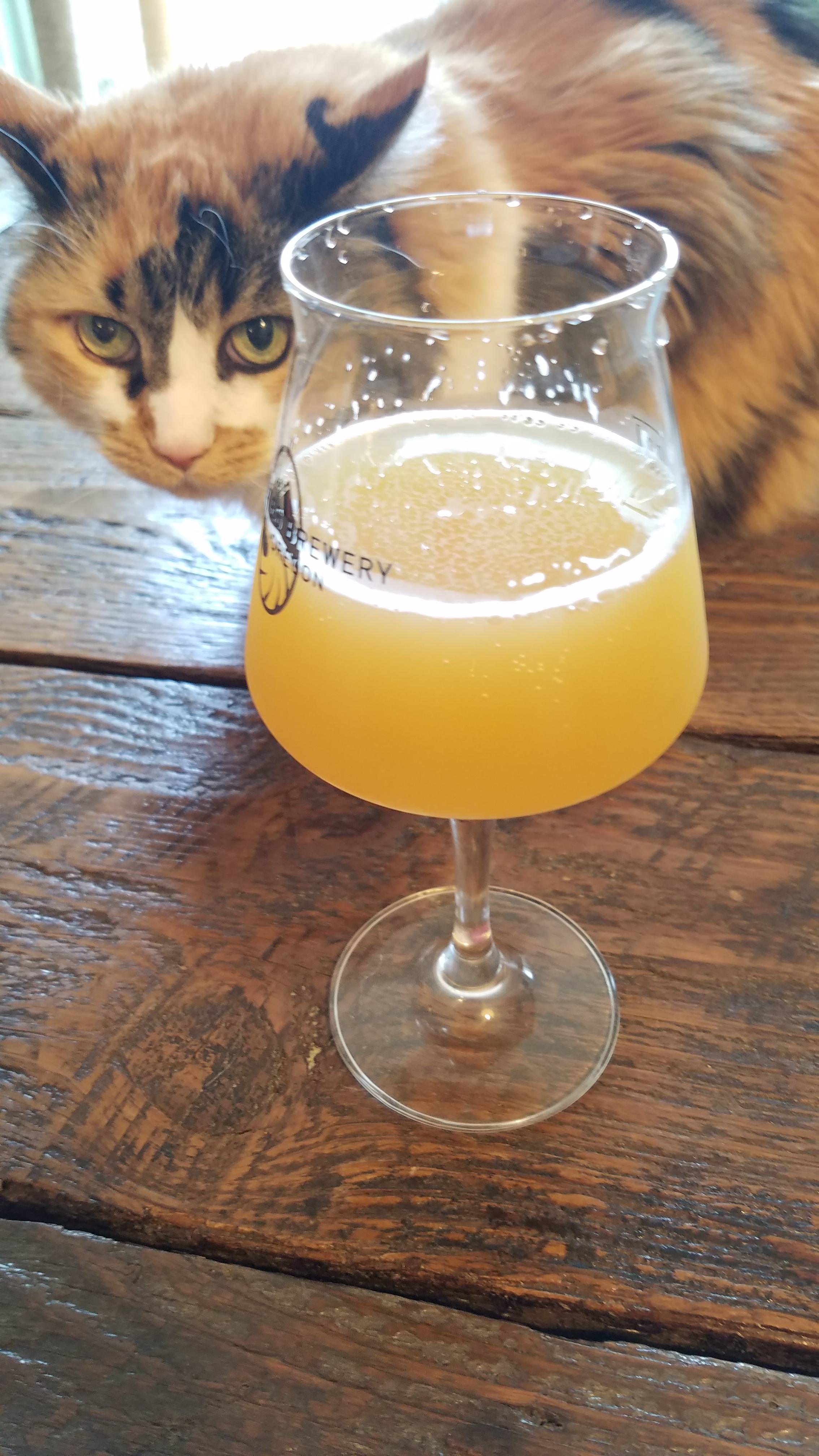Mothman
Well-Known Member
I did a follow up FG check yesterday evening, and I pulled my dry hop bag out (after 5 1/2 days DH, about 8 days total primary), as I want to give any debris that made it through the bag time to settle out before I bottle.
The gravity is continuing to work down... it is down to 1.011 now, which is actually where Beersmith predicted it to be for my scaled and tweaked recipe. So the beer will be drier than initially intended, but I'm hopeful it will still be tastey.
The aroma is still really nice, definite peach-mango thing going on. Hydro sample is still on the bitter side in terms of taste, interested to see how it turns out once conditioned.
I still don't have any of the murky, orange-juice looking visuals that I was hoping for, and that I've seen in other's photos.
Is that an indicator that I dry-hopped too late? To recap, I started at 1.057, dry hopped on day 3 at which time it had dropped to 1.018, and it's currently down to 1.011. So the dry hops were in the mix for about the (so far) final 15% of fermentation.
The gravity is continuing to work down... it is down to 1.011 now, which is actually where Beersmith predicted it to be for my scaled and tweaked recipe. So the beer will be drier than initially intended, but I'm hopeful it will still be tastey.
The aroma is still really nice, definite peach-mango thing going on. Hydro sample is still on the bitter side in terms of taste, interested to see how it turns out once conditioned.
I still don't have any of the murky, orange-juice looking visuals that I was hoping for, and that I've seen in other's photos.
Is that an indicator that I dry-hopped too late? To recap, I started at 1.057, dry hopped on day 3 at which time it had dropped to 1.018, and it's currently down to 1.011. So the dry hops were in the mix for about the (so far) final 15% of fermentation.
















































![Craft A Brew - Safale S-04 Dry Yeast - Fermentis - English Ale Dry Yeast - For English and American Ales and Hard Apple Ciders - Ingredients for Home Brewing - Beer Making Supplies - [1 Pack]](https://m.media-amazon.com/images/I/41fVGNh6JfL._SL500_.jpg)











